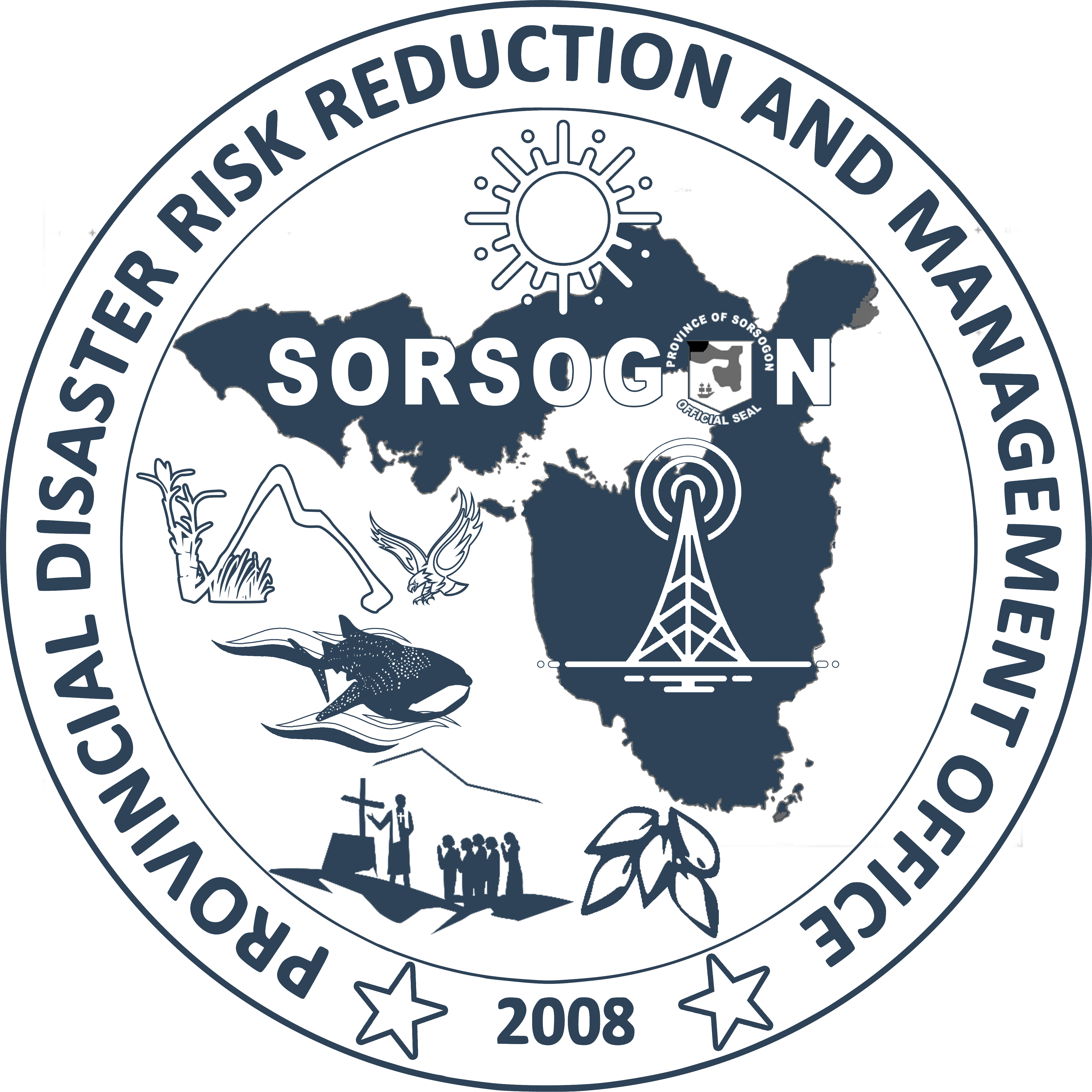Volcanoes are geological features on Earth’s surface that result from the movement of molten rock, ash, and gases from below the Earth’s crust to the surface. They can take various forms, including stratovolcanoes, shield volcanoes, and cinder cone volcanoes. Volcanic eruptions occur when pressure builds up beneath the Earth’s surface, causing magma to erupt through vents or openings. The erupted material, such as lava and volcanic ash, can lead to the formation of new landforms and impact surrounding ecosystems. Volcanic activity is often associated with tectonic plate boundaries, where plates either converge, diverge, or slide past each other. While some volcanic eruptions are relatively gentle, others can be highly explosive, posing risks to nearby communities and global climate. Monitoring and studying volcanoes are essential for understanding and mitigating the potential hazards associated with these dynamic geological features.
Volcanoes
Volcanoes are geological features where molten rock, ash, and gases from beneath the Earth’s crust erupt onto the surface. They come in various types, and eruptions can form new landforms. Associated with tectonic plate boundaries, volcanic activity ranges from gentle lava flows to explosive eruptions, impacting nearby communities and ecosystems. Monitoring and understanding volcanoes are crucial for mitigating potential hazards.













